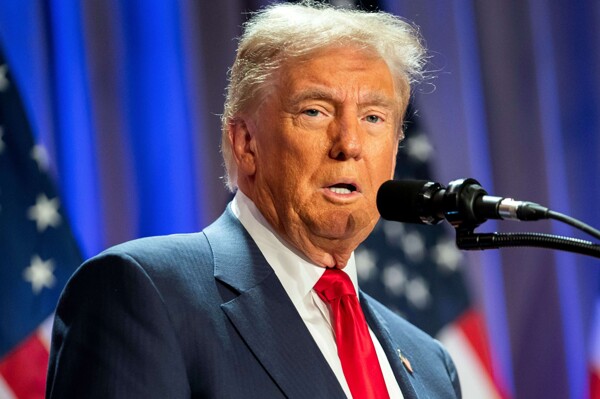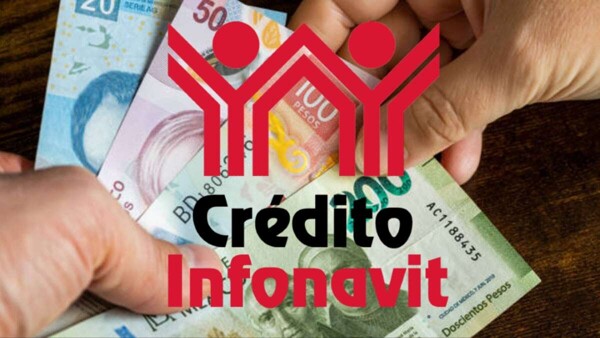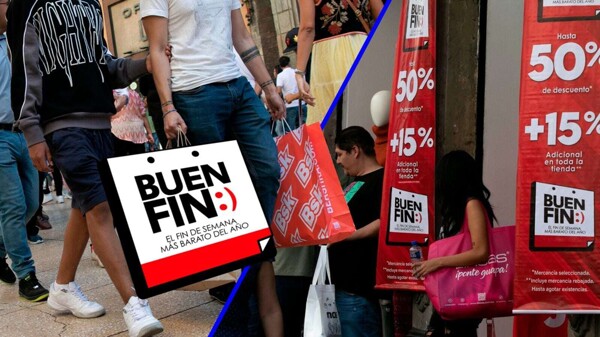
The Bank of Mexico, under the direction of Victoria Rodríguez Ceja, has chosen not to revise its inflation target despite market projections anticipating possible increases. While Banxico hopes to reach its inflation target by the last quarter of 2025, the market estimates that the annual inflation rate will decrease more slowly, closing next year at 3.8%.
Market uncertainty is exacerbated by various internal and external factors, such as the reform of the Judiciary and the recent victory of Donald Trump. The restrictive monetary policy adopted by the central bank to achieve inflation stability poses challenges for the government, as it entails higher costs in debt repayment and complicates economic reactivation, impacting the goal of reducing the fiscal deficit.
Banxico's restrictive stance also worries economists and Rogelio Ramírez de la O's team, who question the inflexibility of the 3% inflation target. There are debates about the need to adjust this minimum target to more accurately reflect the economic reality of the country.
Paulina Anciola, Deputy Director of Economic Studies at Citibanamex, believes that raising the inflation target could have negative consequences, as market projections would tend to rise. On the other hand, Roberto Valencia, a doctor in economics from UNAM, suggests that it would be prudent to adjust the minimum inflation target, considering that inflation tends not to stabilize around 3%.
Amid this debate, the importance of clear and coherent communication from the central bank is highlighted, in an increasingly volatile economic scenario. The discussion about the inflation target in Mexico has generated an intense exchange of opinions within the Ministry of Finance and Public Credit (SHCP), recognizing the challenge of finding a balance to avoid potential undesirable consequences in the economy.














